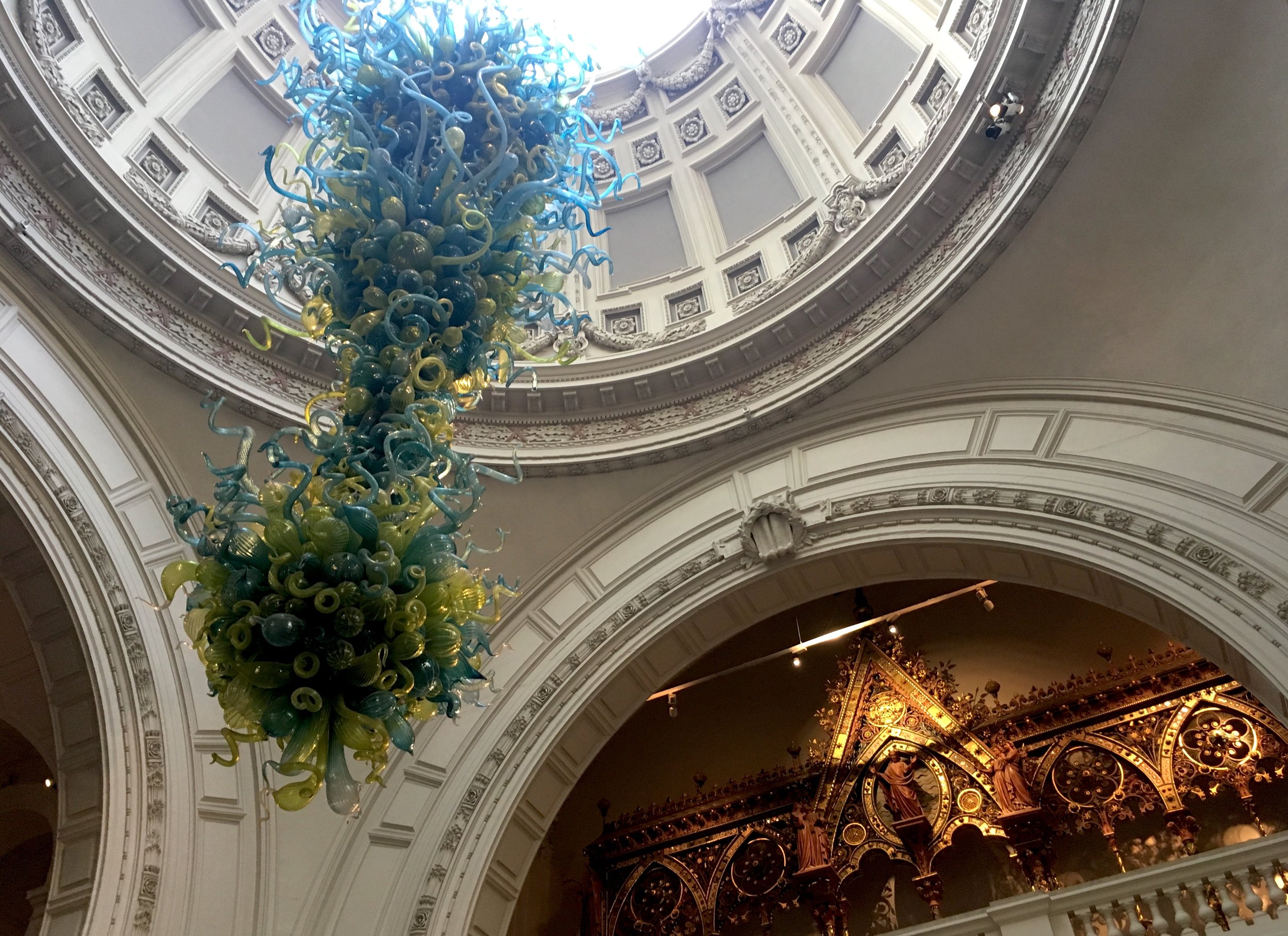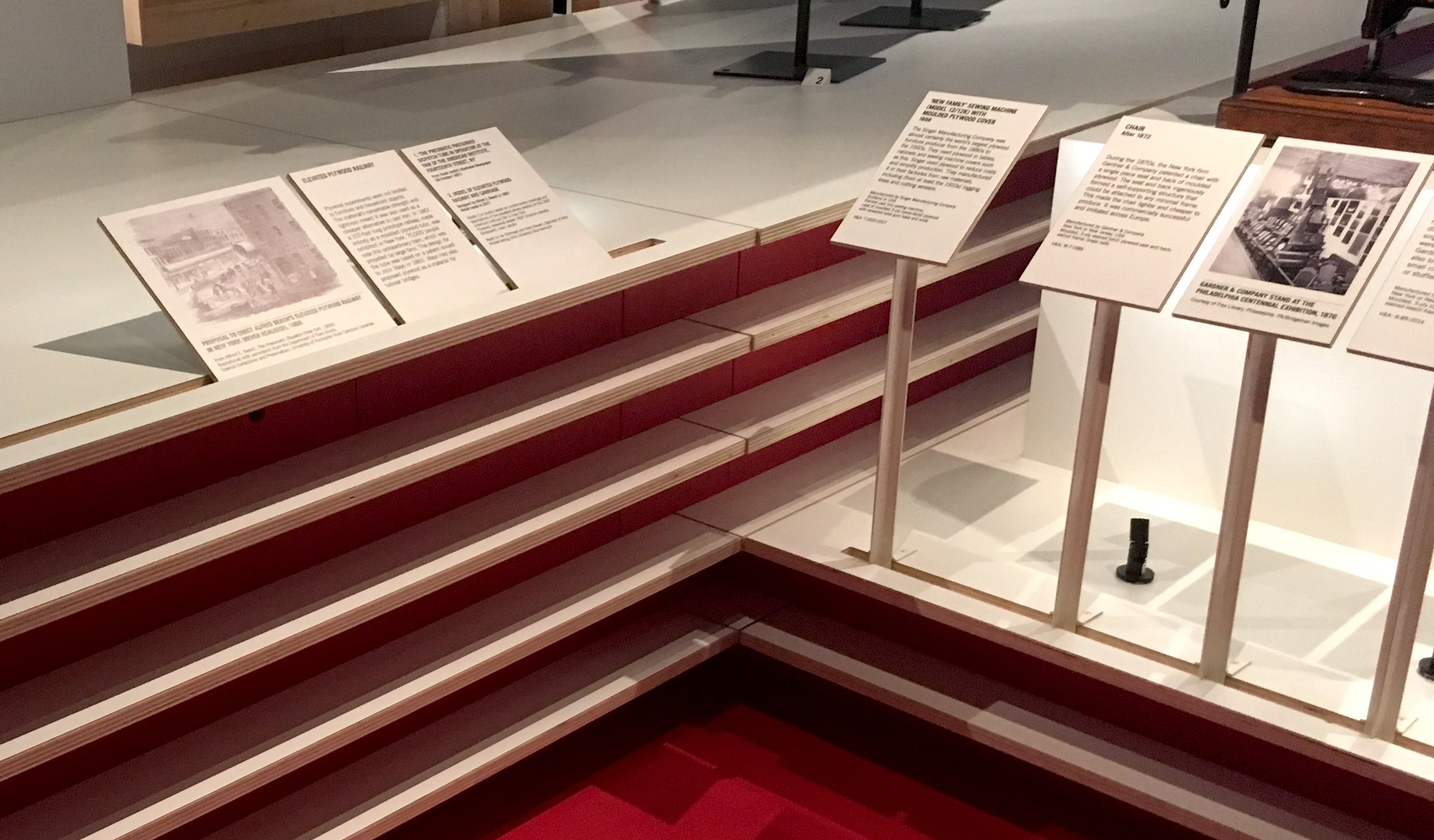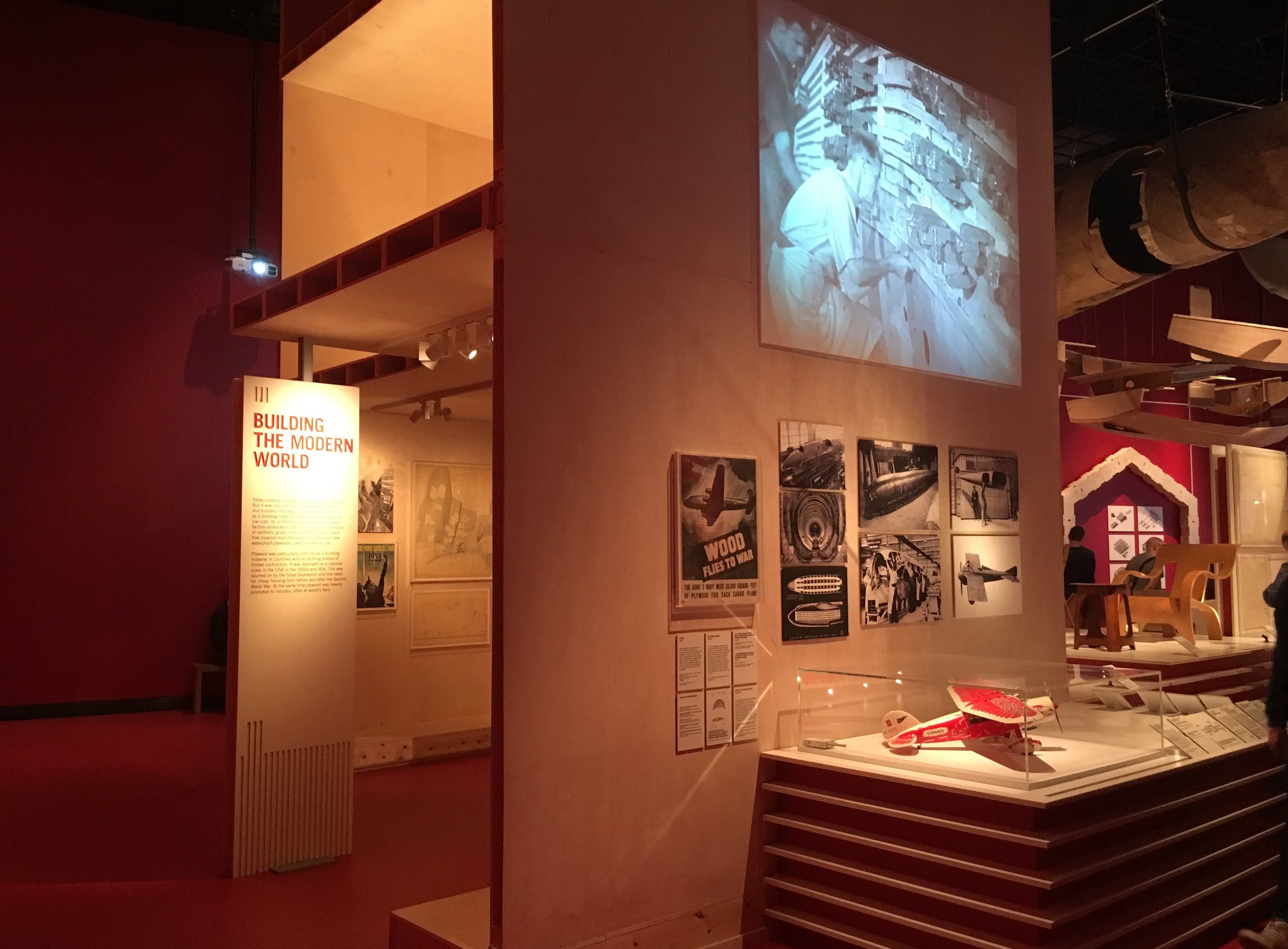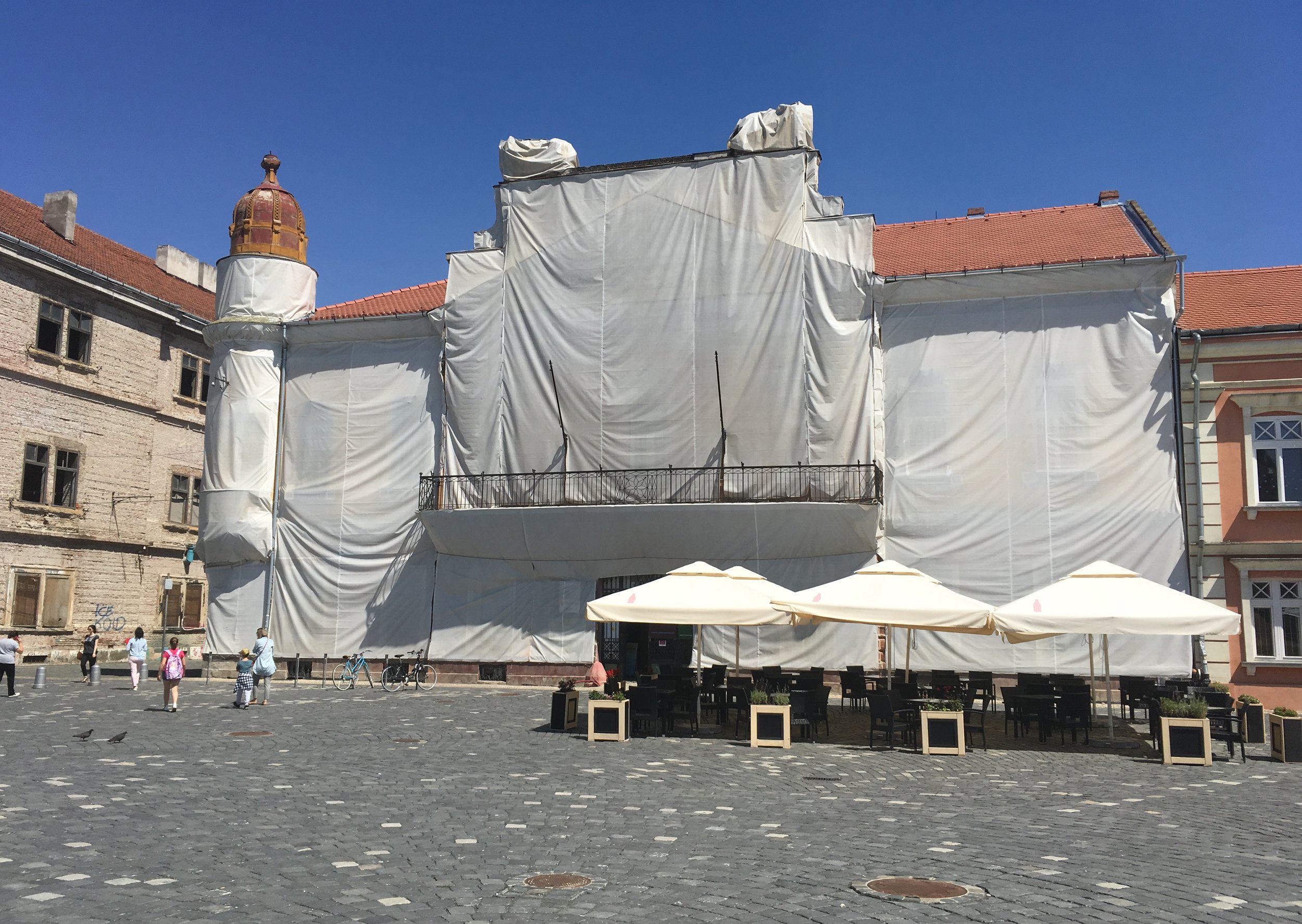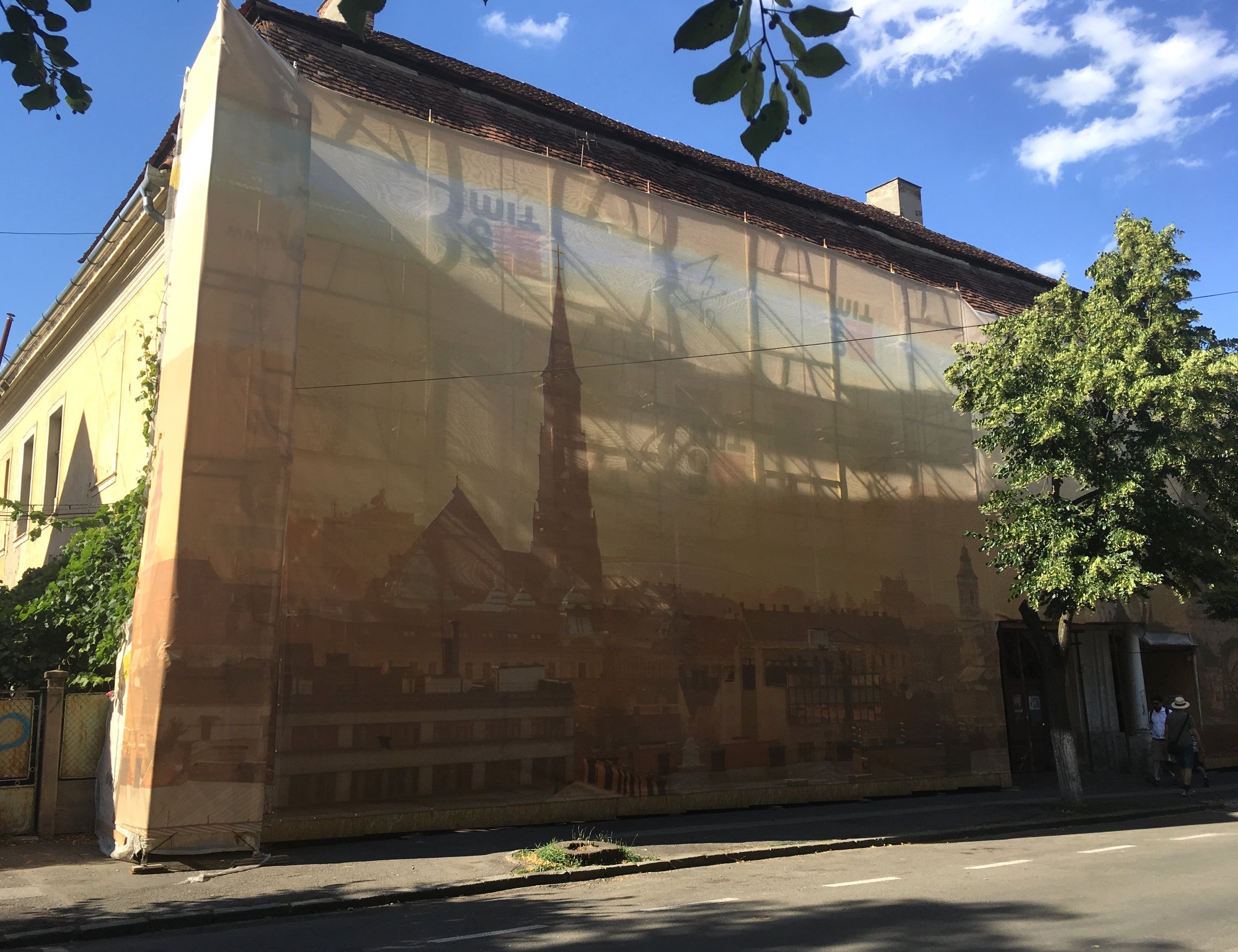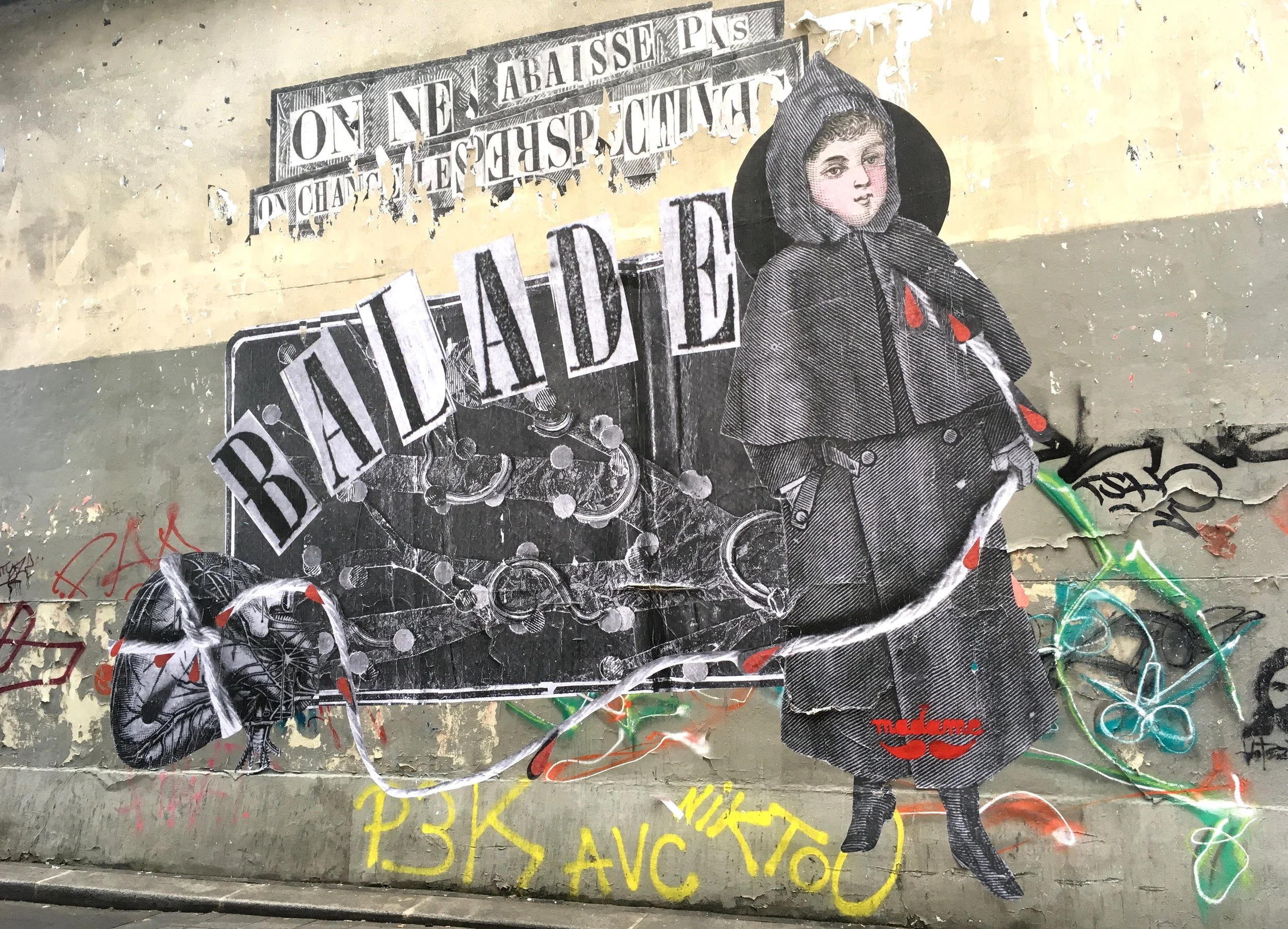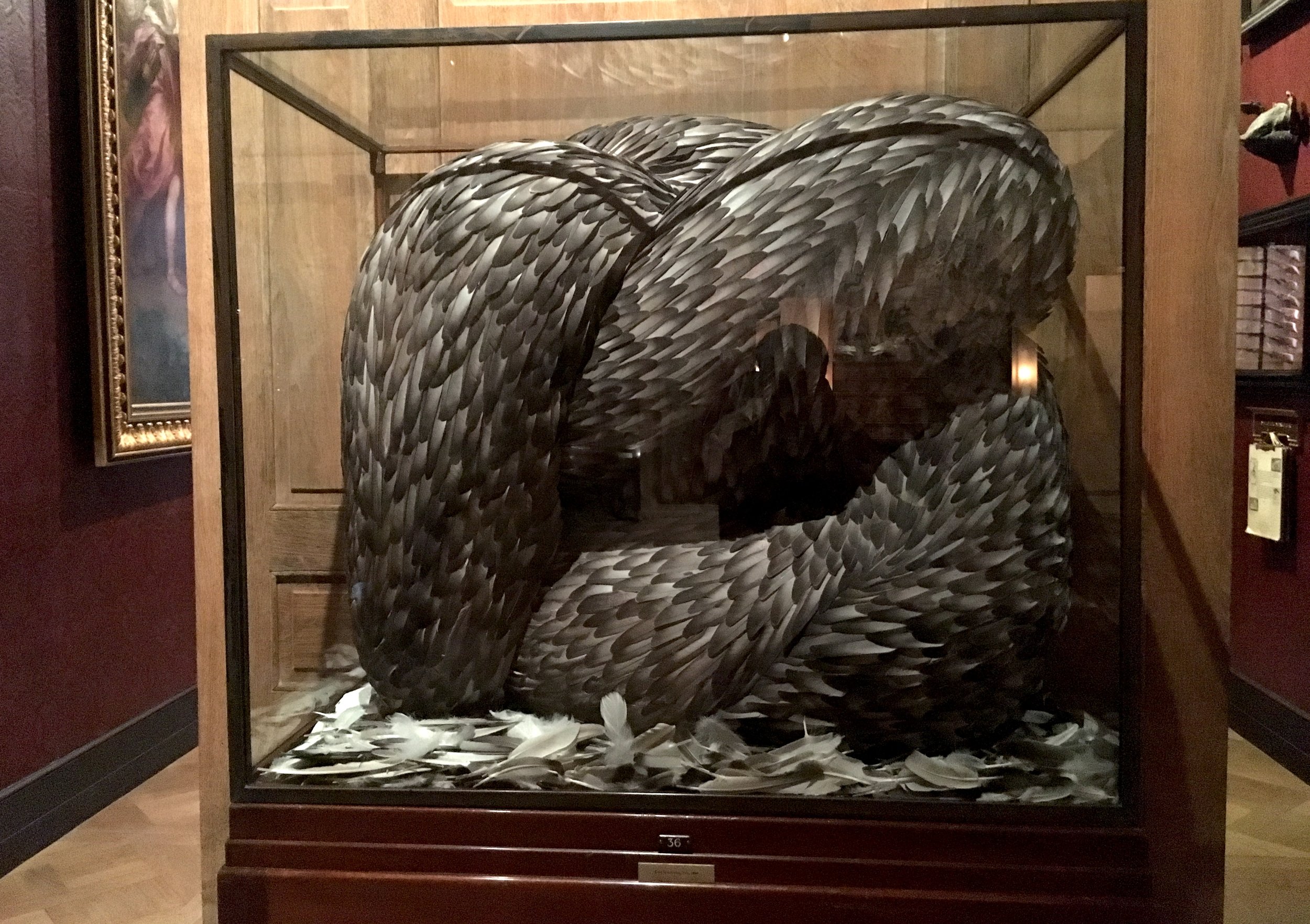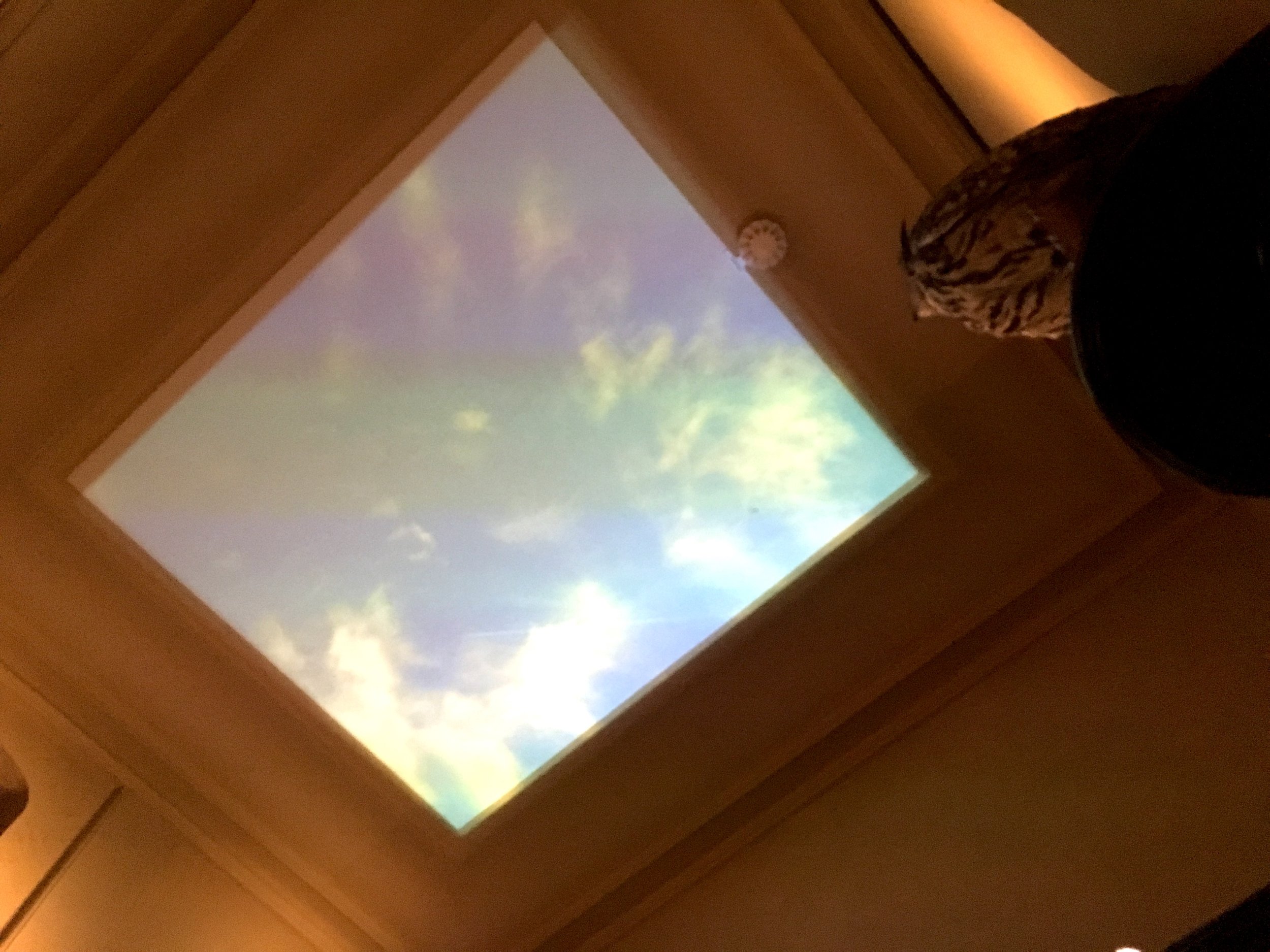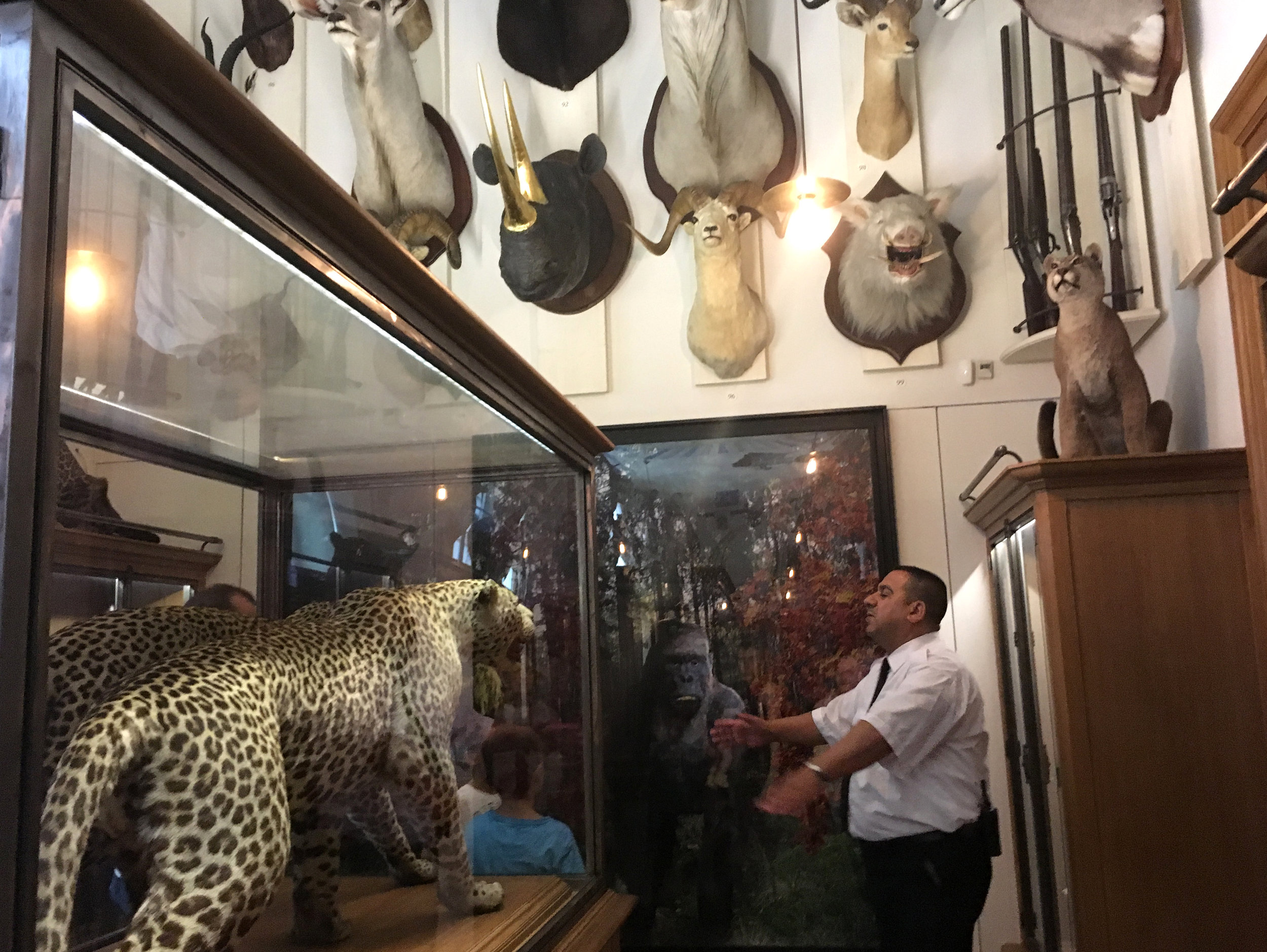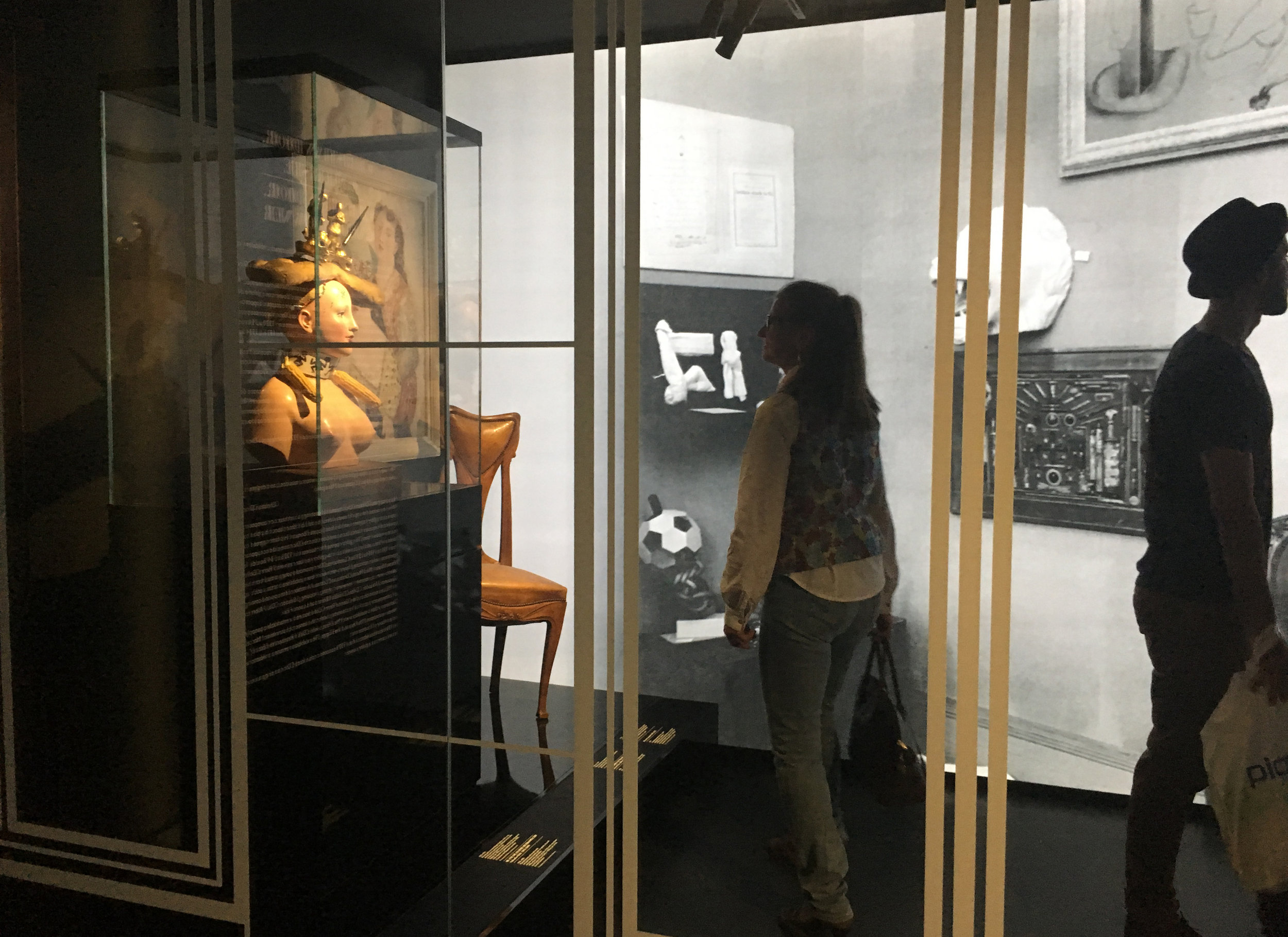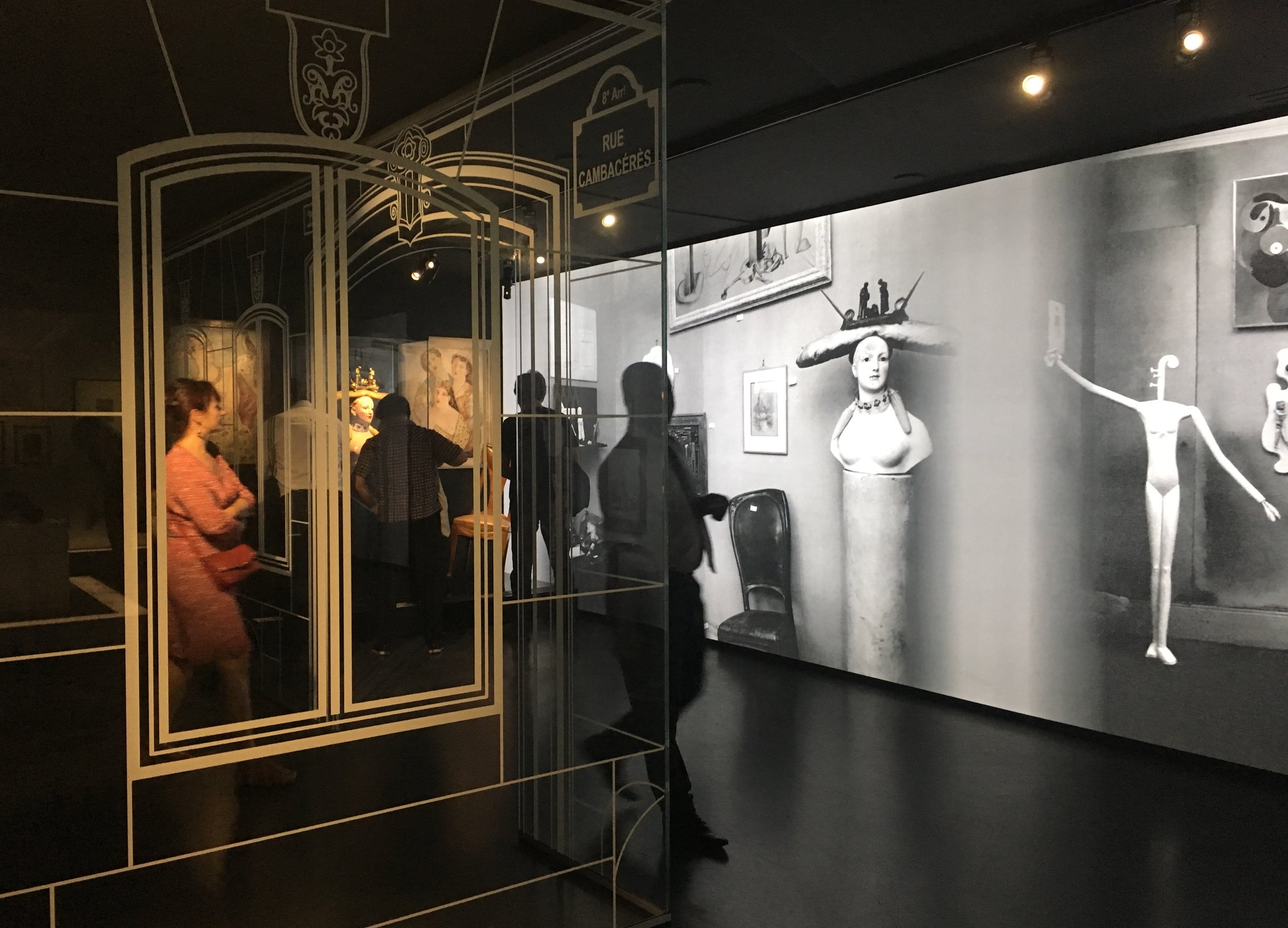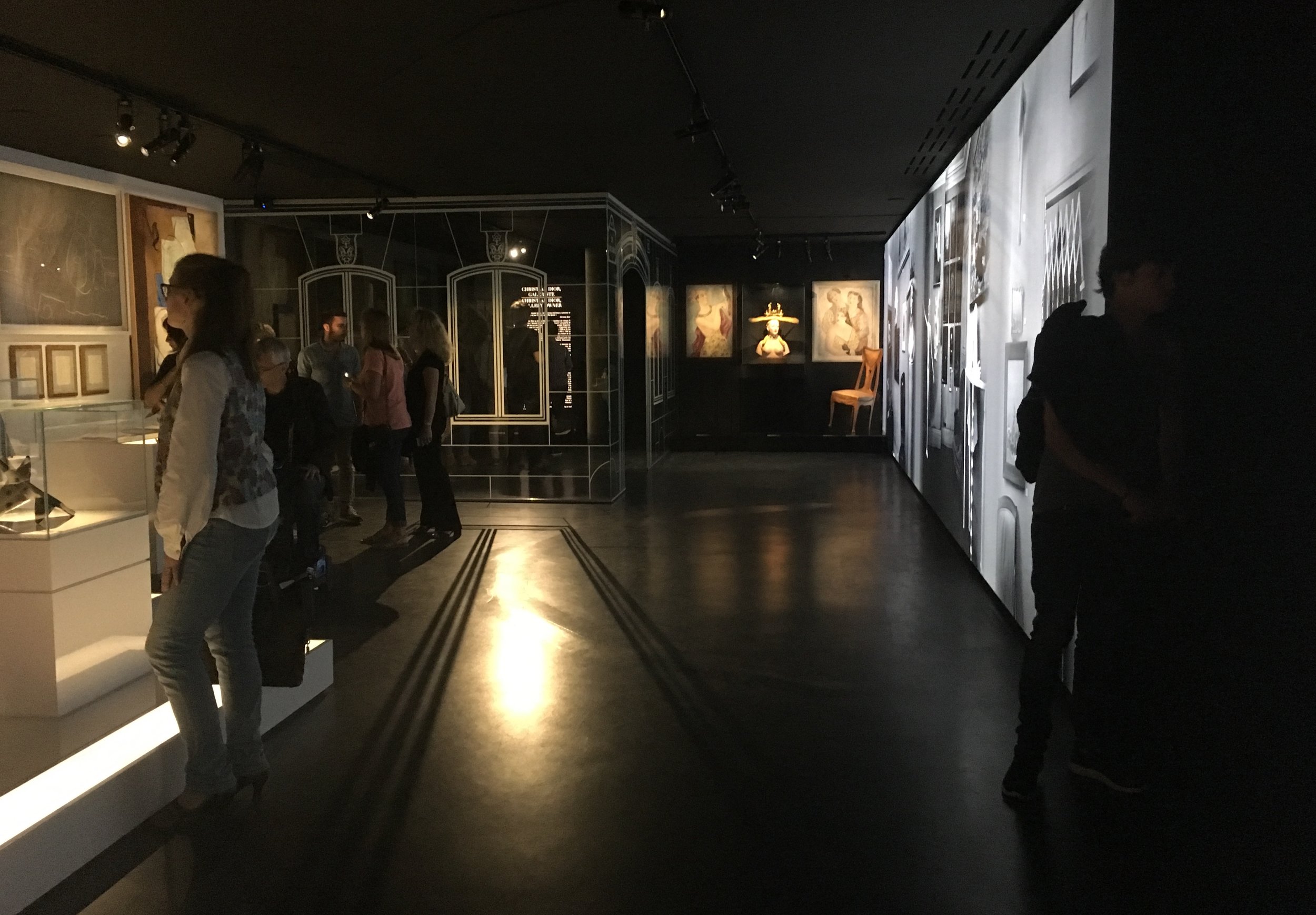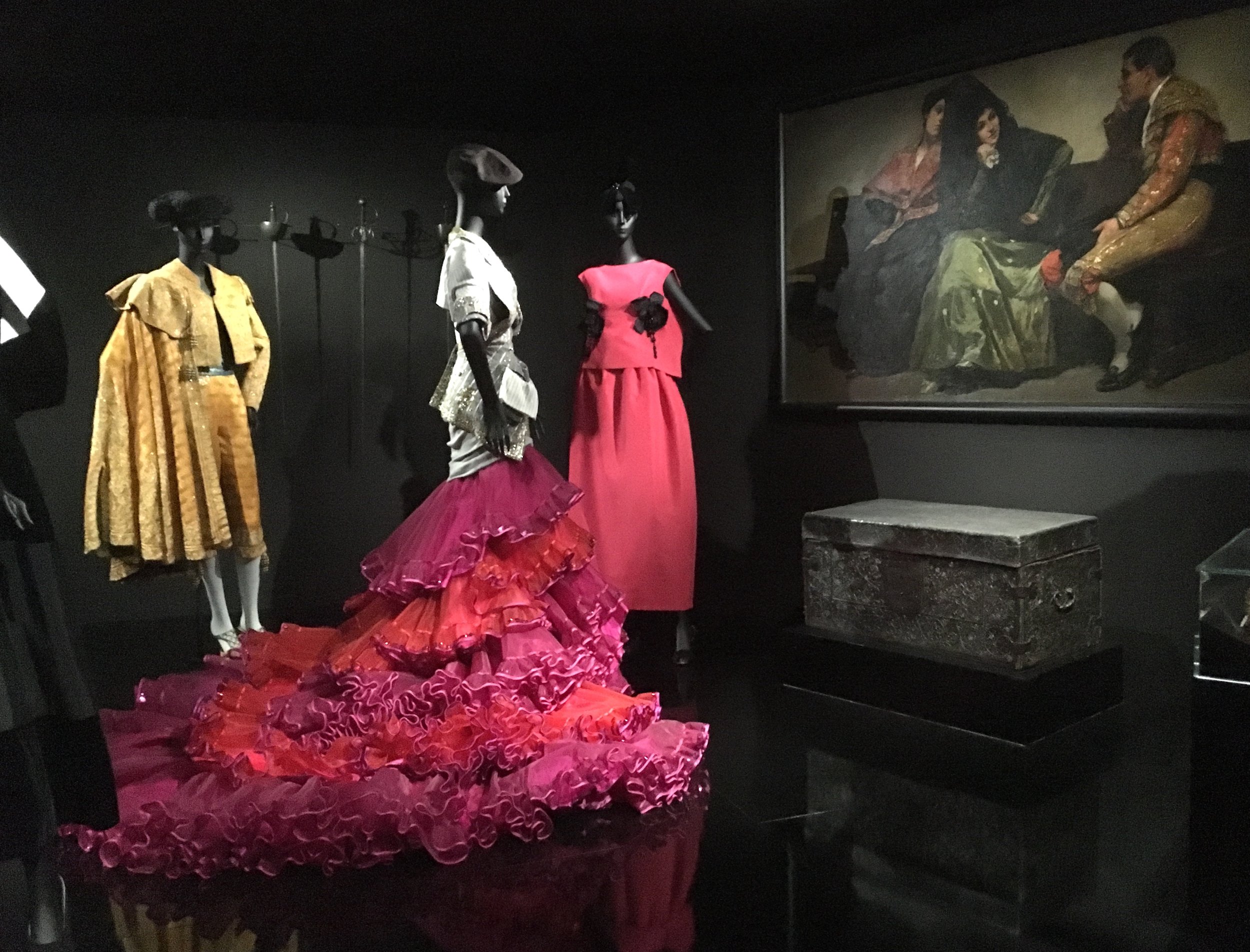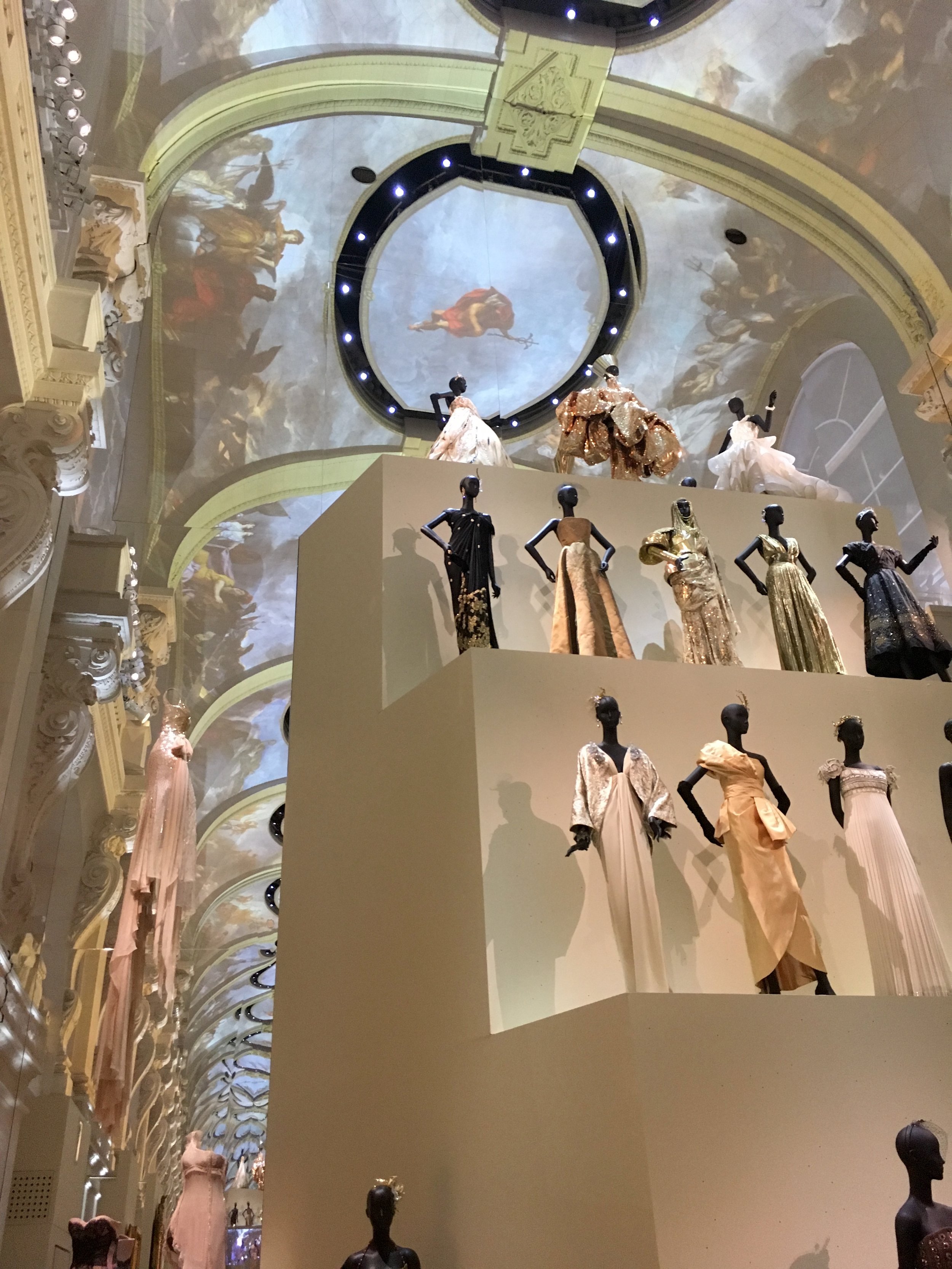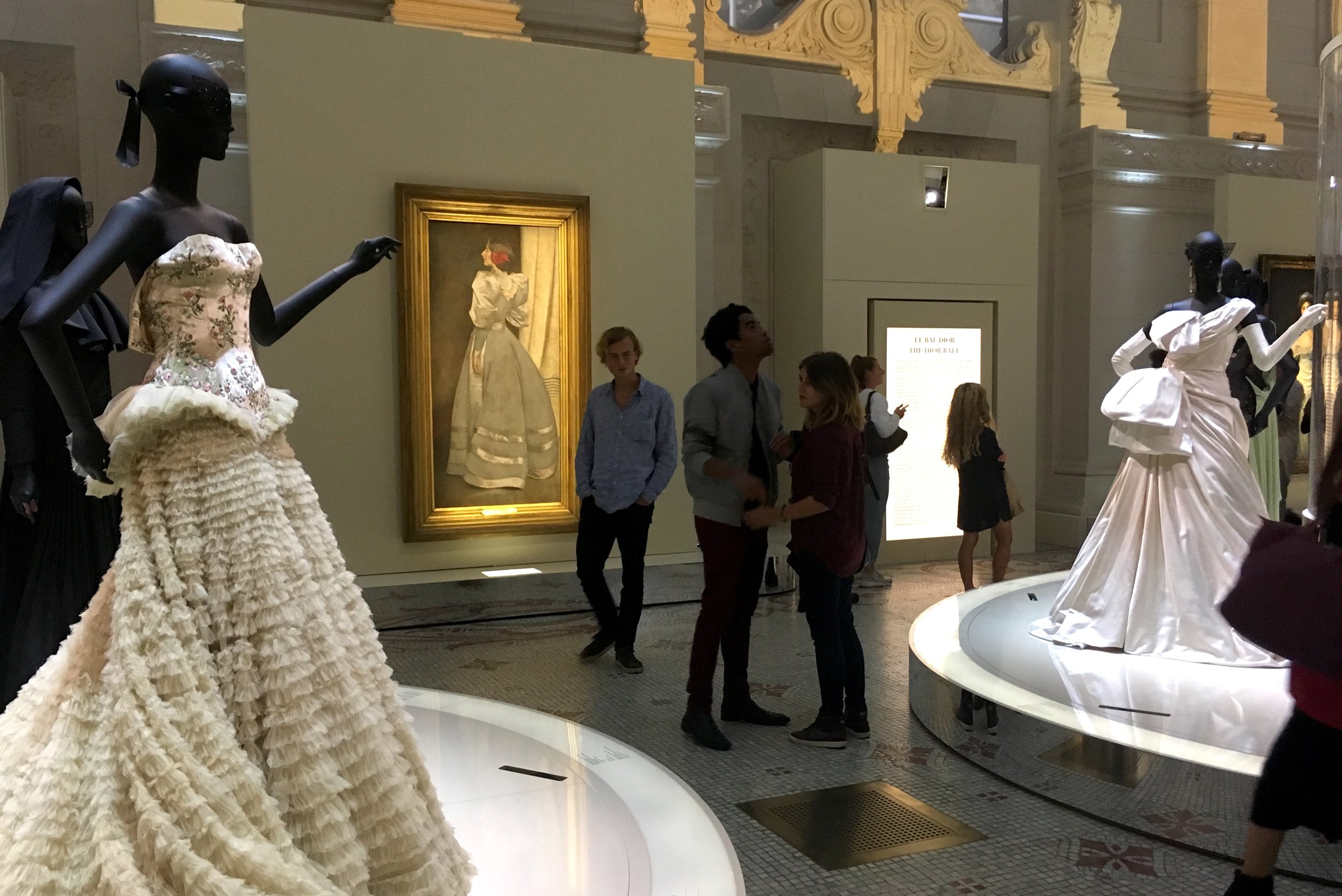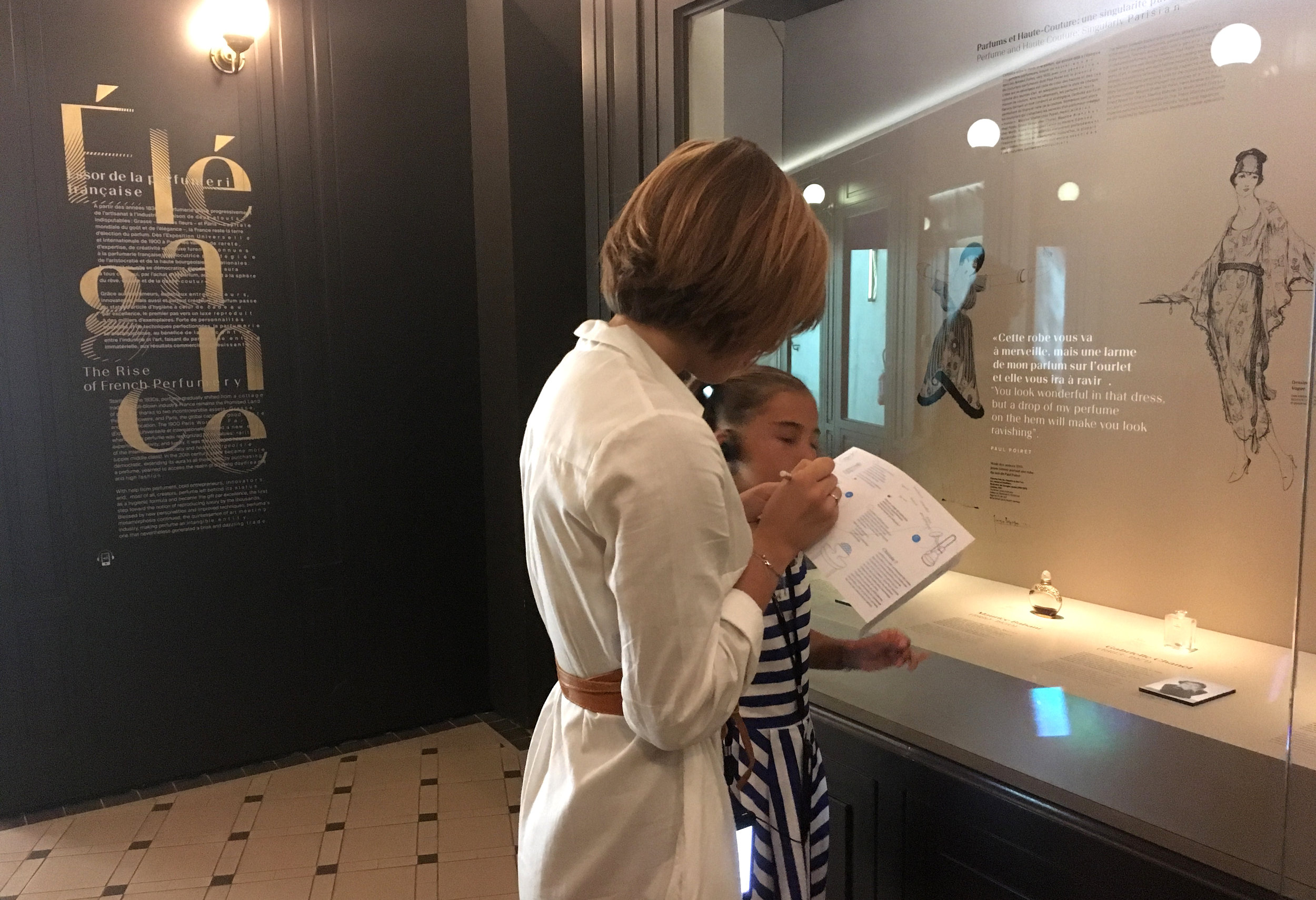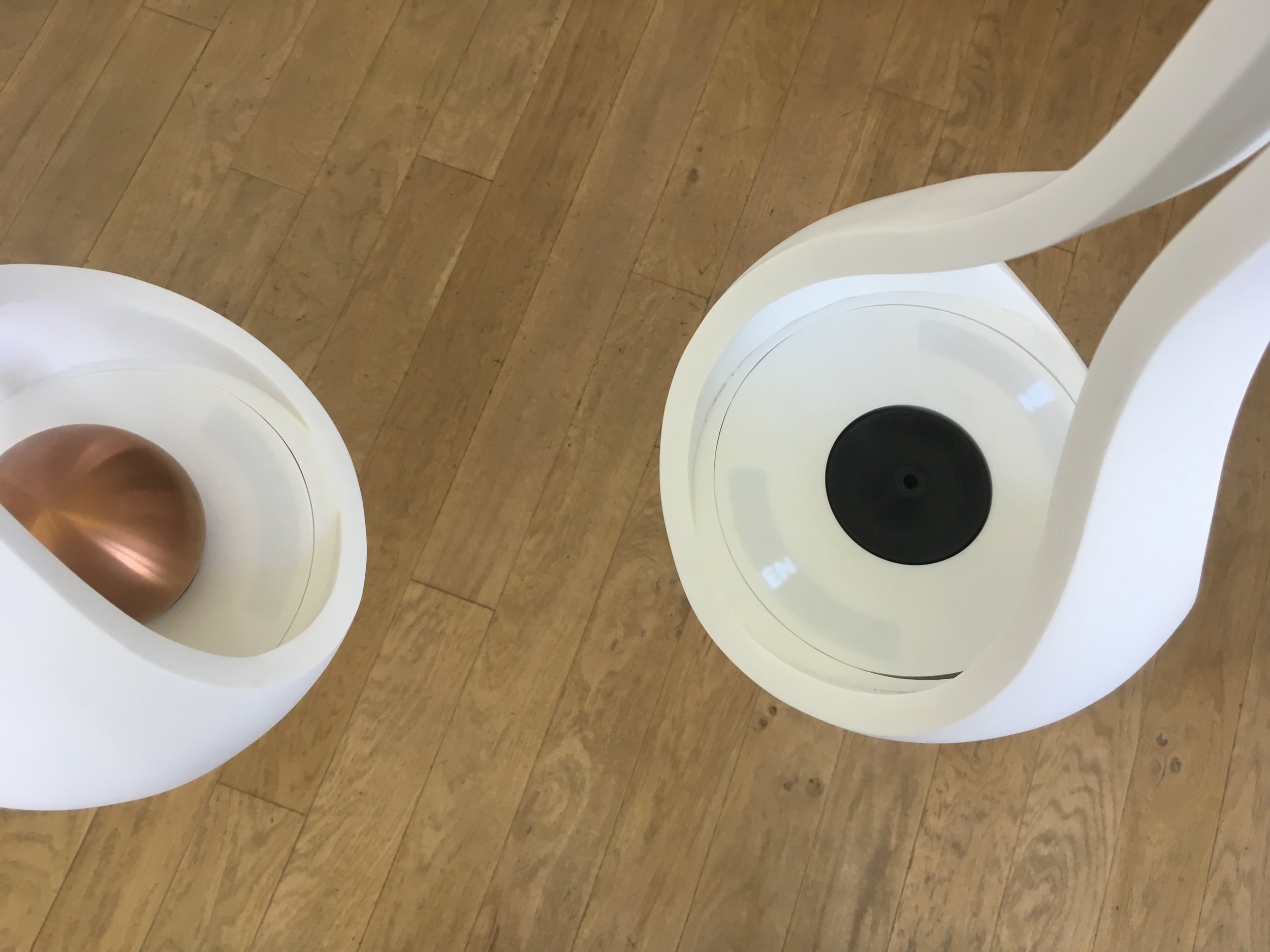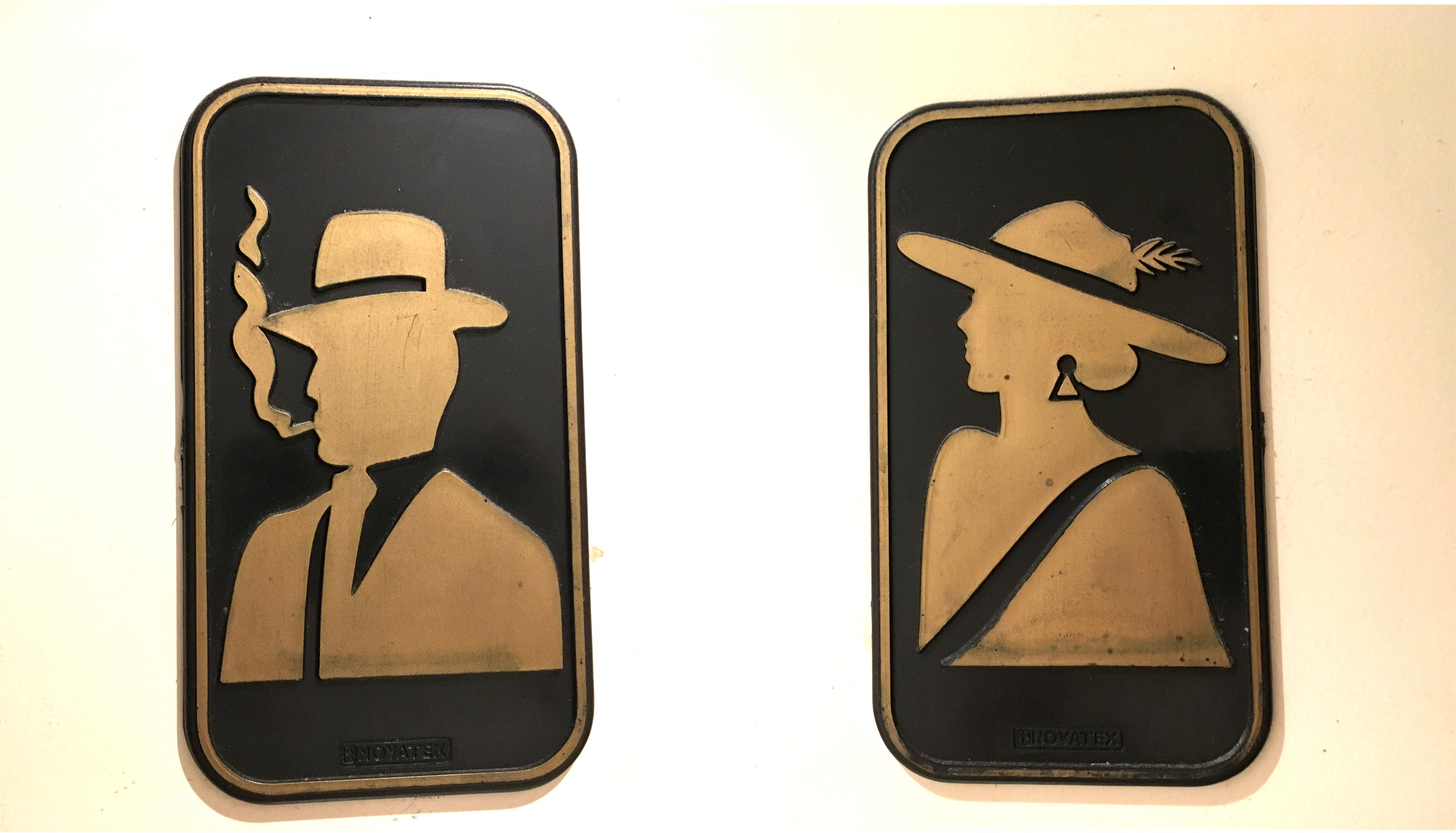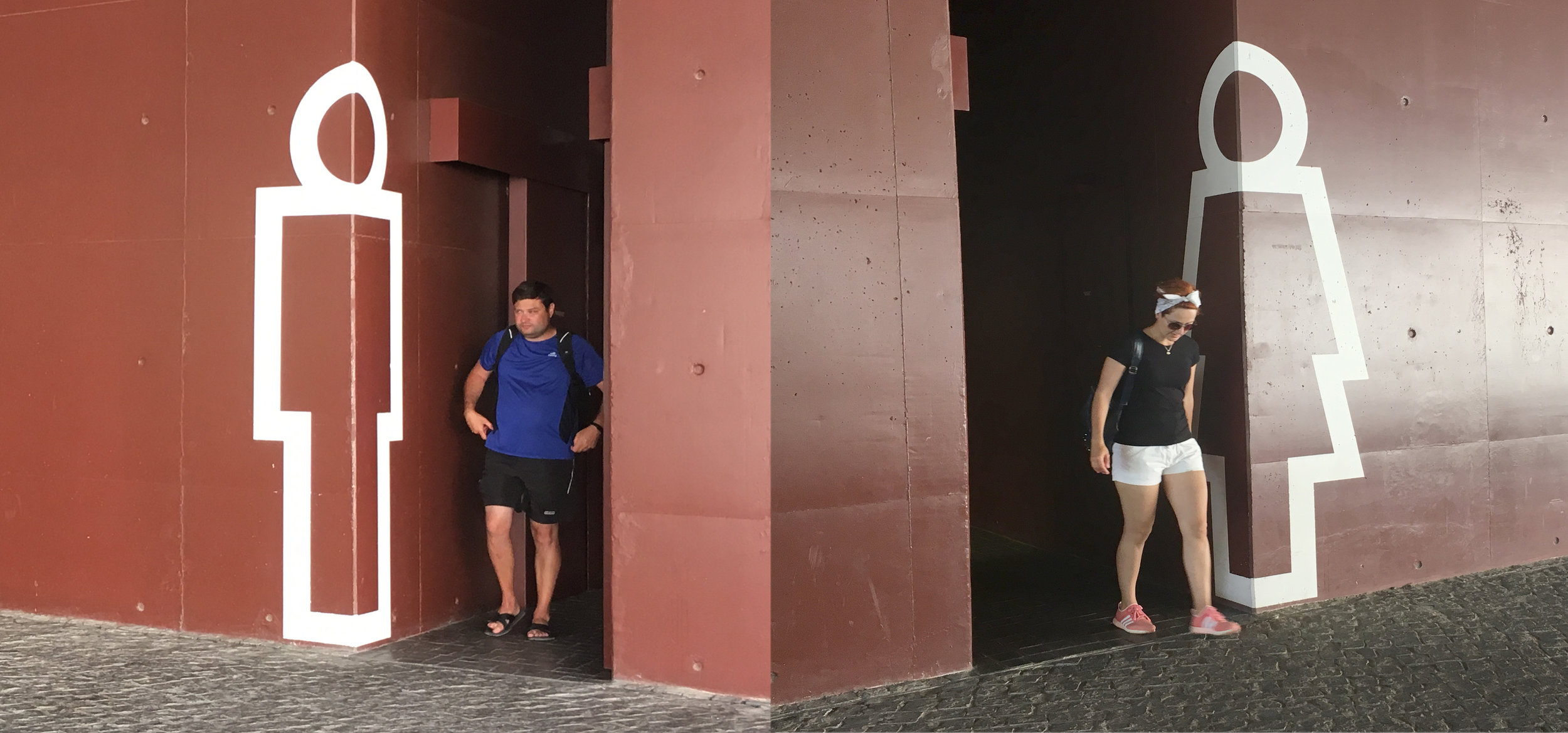PLywood (London)
London, England. The Victoria & Albert Museum is a wonderful institution, with it's welcoming Chihooly hanging overhead and dramatic yellow lighting around the doors and reception island.
Signage has a way of taking over museum entries. With the good intent to communicate offerings to visitors, it tends to reproduce itself as a redundant effort. The more visual noise it creates, the more it escalates to compete with itself. This is painful to graphic designers, who understand the challenge and notice evidence of the struggle. The elegant reception island is getting covered with exhibition posters that already exist on monitors and free standing signs as well. What is the little green box...?
The original pool sign has given birth to a second, taller paper sign to reinforce and clarify the wading rules. Real behaviors were not predictable when the stone was carved, and the second sign is probably an ongoing prototype to get the best possible solution. Some believe that a paper sign is more effective, with it's "temporary" urgency. This awkward pairing is a common dilemma. Will they ever be re-united as a single final sign?
"Plywood, Material of the Modern World" is the current temporary exhibition, in a thoroughly red space.
Bent plywood entry walls seem to be fiberglass coated (?) surfboard style.
The exhibition design is layered, like plywood, with tiered pedestal bases, and engraved, standwiched area signs.
Explanations of the plywood process ring the big outer red walls, surrounding the objects in the center.
There's a jumbled rhythm between the 3D objects and 2D images on multiple plains.
A groove in the plywood to angle labels and insert small pedestal labels. Easy to position at the last minute, or reposition as needed during install.
A building alcove at the end of the space reveals plywood construction and doubles as a projection surface for videos on both sides, viewed from the corridor that circles around it.
The space is rich with thoughtfully placed objects, from floor level up, into the airspace.
The exhibition extends out to the courtyard with ice skating shelters
The comfort of an iconic museum cafe cannot be underestimated, as the icing on the visit cake. The epic V&A cafe is a special place to reflect and recharge.
